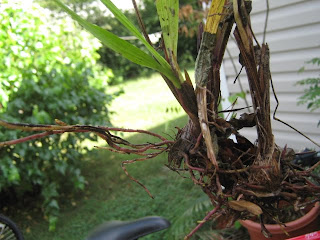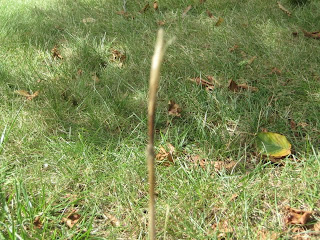
Nails have keratin in them. Our hair also made up of keratin.

This is a picture of my dog and cat. Because they live together and get along this is an example of commensalism.

This egg shown in the picture is an example of amniotic egg. It is layed by chickens.

This flower is an example of an eukaryote. This is because the nucleus is clearly shown.

The tomato is ripening because of a gaseous hormone called ethylene.

This tree is an example of xylem. Xylem is way that nutrients are transported from the roots to the leaves.


My arm and hand are examples of epithelial tissure. The epithelial tissue is the skin that covers my hand and arm protecting the inside.

In the inside of the plant there is pollen. This is what helps create new plants.

A pineapple is an example of a CAM plant. A CAM plant allows CO2 to enter at night.

A lemon shows radial symmetry.


Animals and humans are examples of heterotrophs. A heterotroph cannot produce its own food from photosynthesis.

Flowers are an example of autotrophs. They are able to produce their own food from photosynthesis.

This plant is an example of ATP. ATP transports chemical energy within cells for metabolism.

Enzymes are what help break things down. The salivia on your tongue acts as an enzyme by breaking down the food we eat.

A phenotype is the dominant allele. In my family brown eyes is the dominant allele.

Our ears are made up of connective tissue. One example of connective tissue is cartilage. Ears are made up of cartilage.

Phloem is in the inner most layer of the tree. It is also responsible for carring sugar and nutrients throughtout the tree.

Dominant vs. Recessive phenotype. This picture of my cat shows the different colors she has. Black is the dominant phenotype because most of her body is black, where orange and white are recessive.

A Meristem. This stem shows areas where new growth can begin.

Bread is an example of carbohydrates. It is made up of starch and sugars which break down as energy for your body.

A potato is an example of a long day plant. This means the plant needs sunlight for more than a normal days length.

Gibberellins are hormones that are produced in roots, stems and leaves.








































.jpg)


















